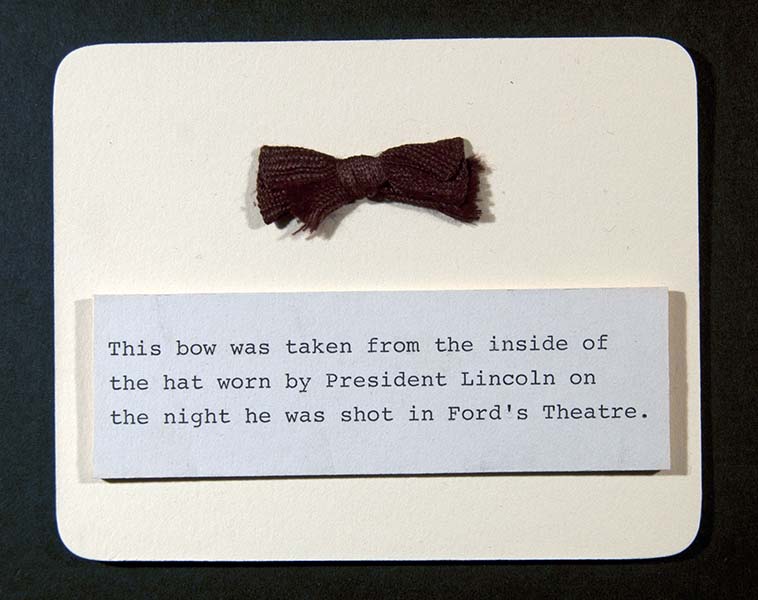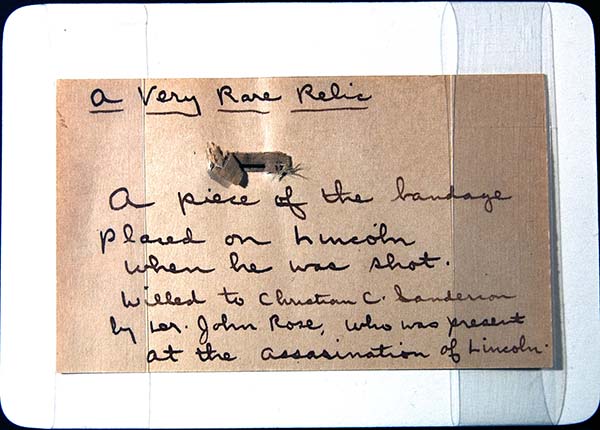Relics of a Secular Saint
Following Abraham Lincoln’s assassination, objects owned by or associated with him quickly became relics and were highly sought after by his admirers and especially by collectors. Many, if not most of these relics have never been properly authenticated, but they remain a fascinating part of Lincoln lore. The Lincoln Collection houses a number of these relics, including this piece of the bandage placed on Lincoln after he was shot. The tiny piece of cloth is pinned to a three-by-five inch index card which bears the note "A very rare relic, a piece of the bandage placed on Lincoln when he was shot. Willed to Christian C. Sanderson by Mr. John Rose, who was present at the assassination of Lincoln." Also present is another small piece of cloth accompanied by a typed note stating that "This bow was taken from the inside of the hat worn by Lincoln on the night he was shot in Ford's Theatre."
Portrait of Abraham Lincoln, [ca. 1956.]
This unique portrait of Abraham Lincoln was etched on an oak leaf by Brother Adrian Lewis of Manhattan College. The artist used pins, needles, and razor blades to strip away sections of the leaf to create the image.
Bronze sculpture of Abraham Lincoln seated.
The unidentified artist likely based this sculpture on a photograph of Abraham Lincoln by Alexander Gardner.
A Lincoln. Switzerland, 1866.
This embroidered portrait of Abraham Lincoln was crafted and sold the year after Lincoln’s death. The portrait is a gift from Toni and Stuart B. Young in memory of Ann B. Young and H. Albert Young.
Lincoln’s Birthplace, Kentucky. Staffordshire, England, [n.d.]
The image in the center of the plate depicts a log cabin, captioned "Lincoln's birthplace Kentucky." On the verso of the plate: "Old English Staffordshire Ware. Made in Staffordshire, England. Imported for Nancy Lincoln Inn, Hodgenville, Ky."
Abraham Lincoln birthplace cabin, [n.d.]
This replica of the Abraham birthplace cabin was crafted from wood taken from the birthplace farm in Hodgenville, Larue County, Kentucky.
Profile image of Abraham Lincoln, [n.d.]
This portrait is comprised of macerated United States bank notes. During the 1870s, the Treasury Department destroyed paper currency no longer suitable for circulation through a process known as maceration, which shredded the bills into millions of tiny particles. Macerated currency became a popular tourist item in Washington, D.C. Postcards, medallions and other trinkets, including tiny Washington Monuments and busts of George Washington and Abraham Lincoln, were made from the macerated currency and sold in souvenir shops. This image of Lincoln is alleged to be composed of $5000 worth of macerated U. S. currency.
Cameo image of Abraham Lincoln, ca. 1870.
This profile of Abraham Lincoln was produced by the Mosaic Tile Company of Zanesville, Ohio.
1943 Lincoln Steel Cents Emergency Issue. Superior Stamp and Coin Auctions, 1995.
Due to the shortage of copper during the critical war year 1943, the U.S. Treasury Department minted pennies from zinc-coated steel. No bronze cents were officially issued in 1943.
"$100,000 Reward! The Murderer of our late beloved President, Abraham Lincoln, is still at large..." [ca. April 20, 1865]
This reward poster, issued by the War Department shortly after Lincoln’s assassination, includes descriptions of John Wilkes Booth and his accomplices John H. Surratt and David C. Herold. Following the assassination, Herold and Booth fled to a farmhouse in Virginia where they were discovered by Union Army soldiers on April 26, 1865. Booth was shot and killed, but Herold surrendered and was tried and executed for his actions. Reproduction of the original from the Lincoln Collection, University of Delaware Library.
Mourning Badge, [1865].
This mourning badge, worn at the time of Abraham Lincoln’s death, was a gift of John Stuart Groves, an important Delaware collector and a founding member of the Lincoln Club of Delaware.
“Our American Cousin"[playbill]. Washington: H. Polkinhorn and Sons, 1865.
Following the assassination of President Lincoln, edited versions of the original publicity playbill were printed noting the President's attendance at the play. The original playbill made no mention of President Lincoln's planned attendance at the April 14, 1865 Ford's Theatre performance of "An American Cousin.”
Reproduction of the original from the Lincoln Collection, University of Delaware Library.
Life mask of Abraham Lincoln with hands, 1860. Leonard Wells Volk, 1828–1895.
The American sculptor Leonard Volk produced this life mask of Lincoln accompanied by casts of his hands in 1860 shortly before Lincoln was nominated for the presidency. The original plaster cast was donated to the Smithsonian Museum and bronze casts, such as these, were made to raise funds for the acquisition.
Ribbon, [1865.]
Bandage, [1865.]

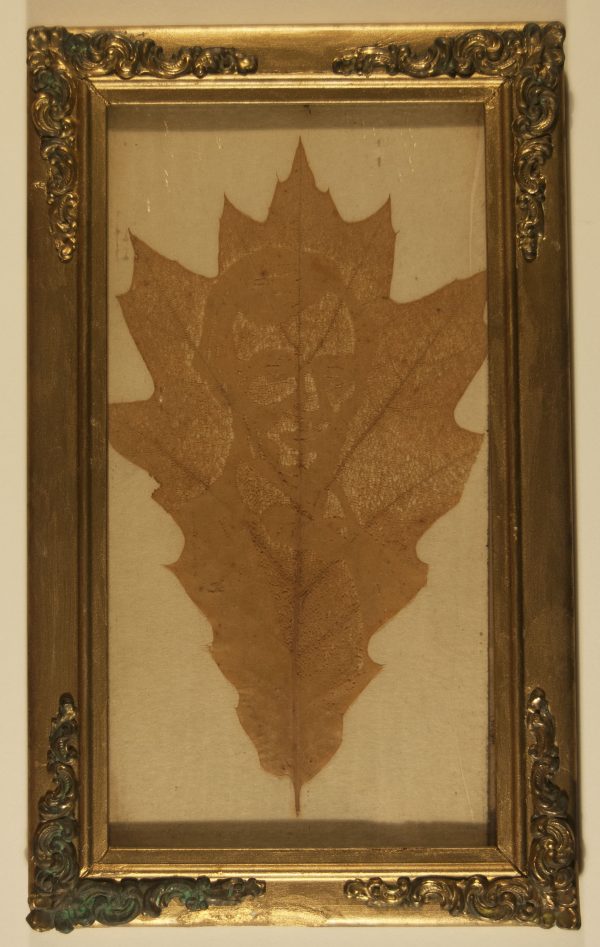
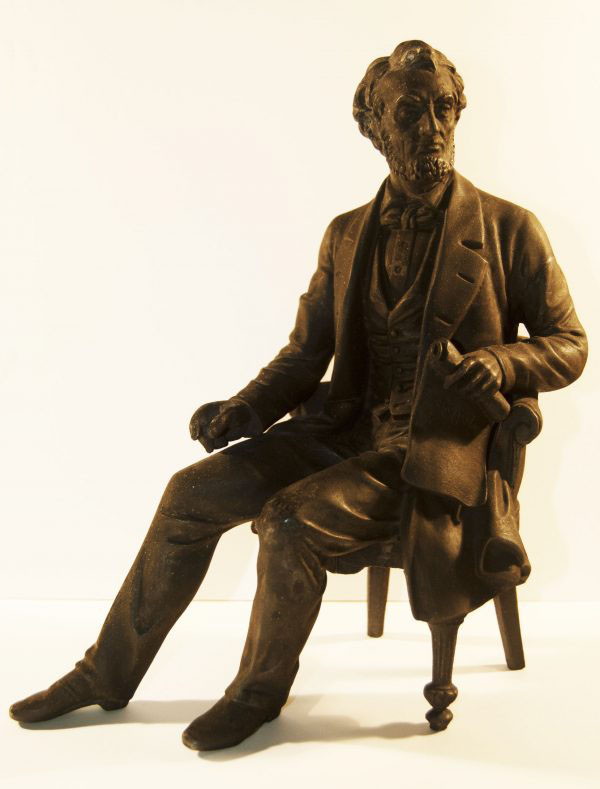
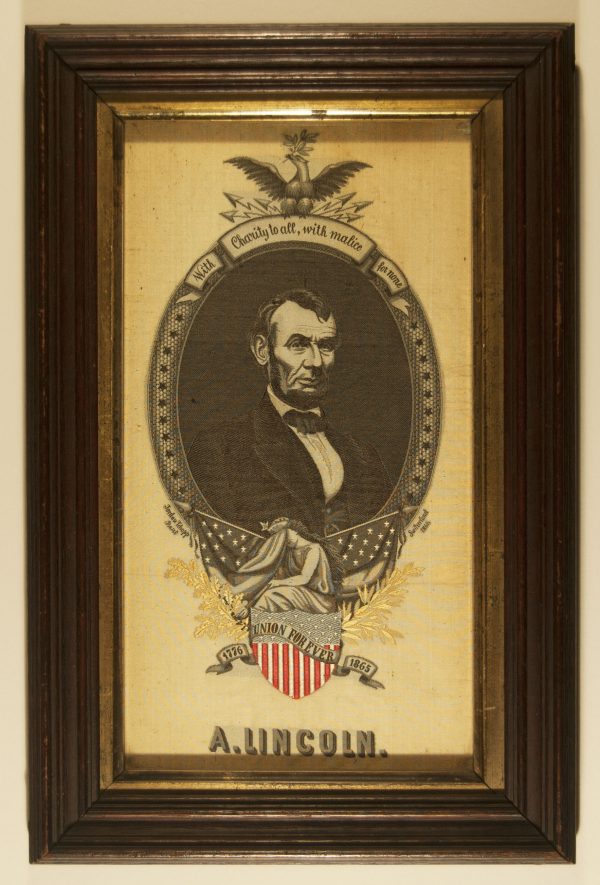
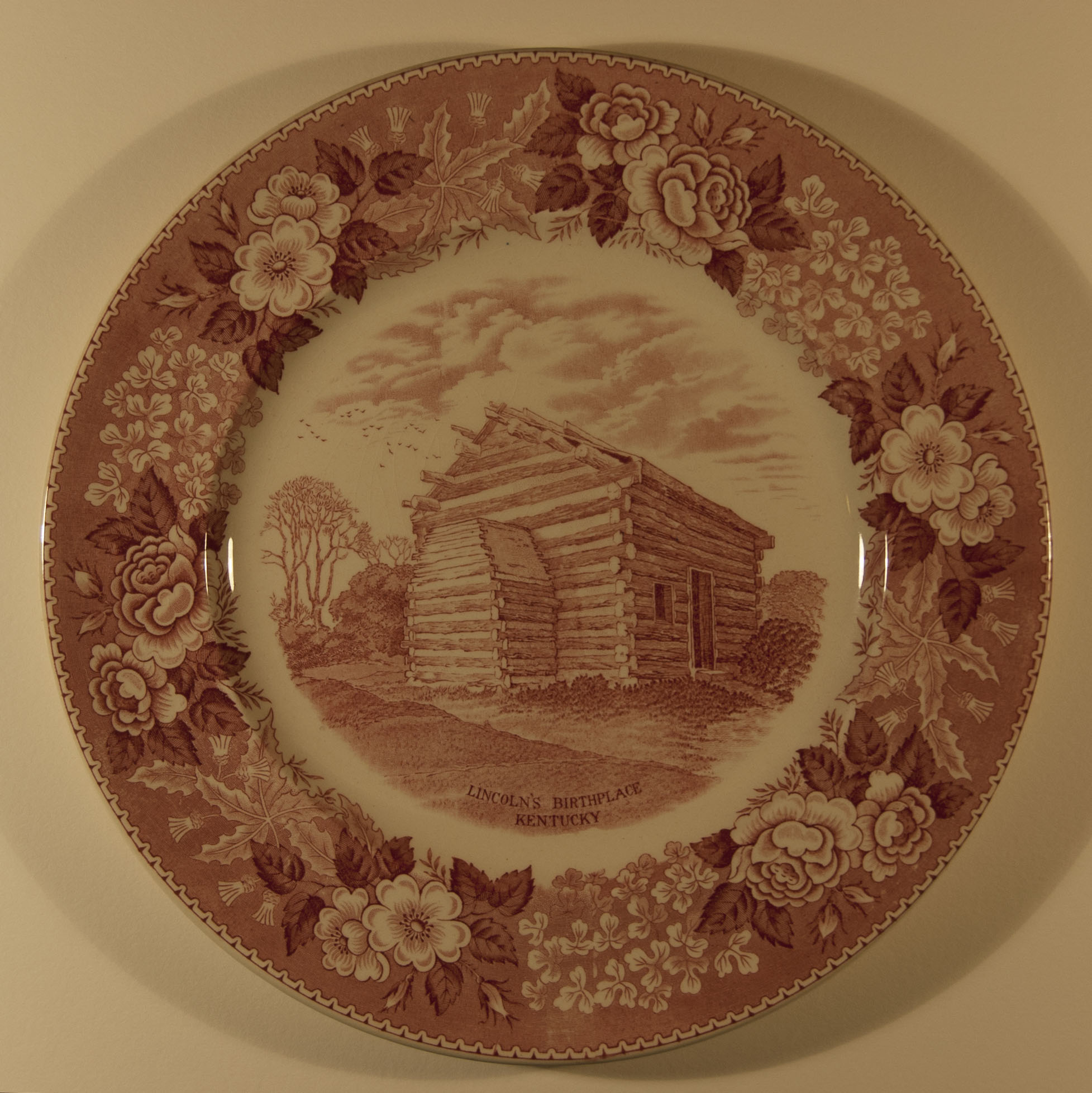
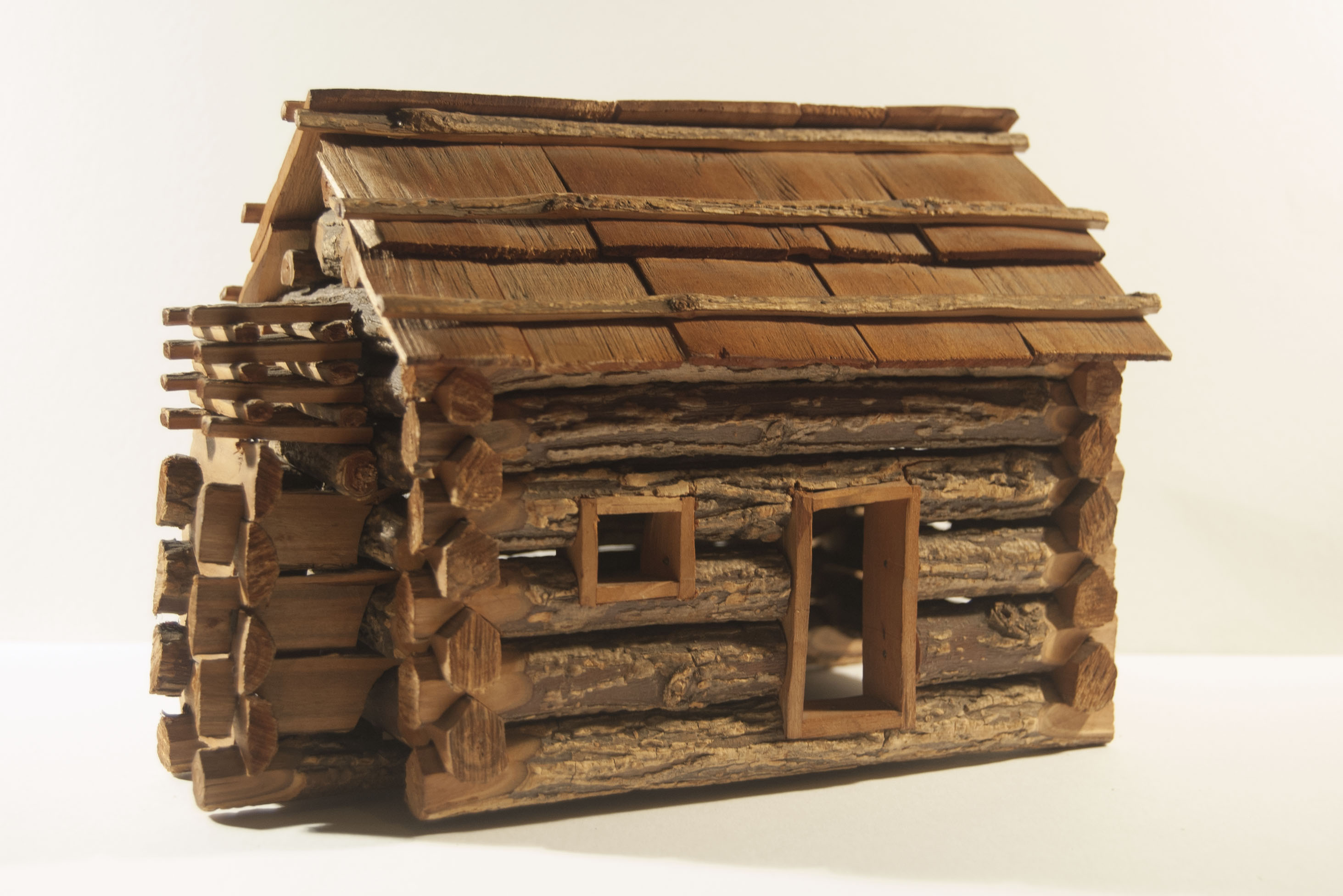


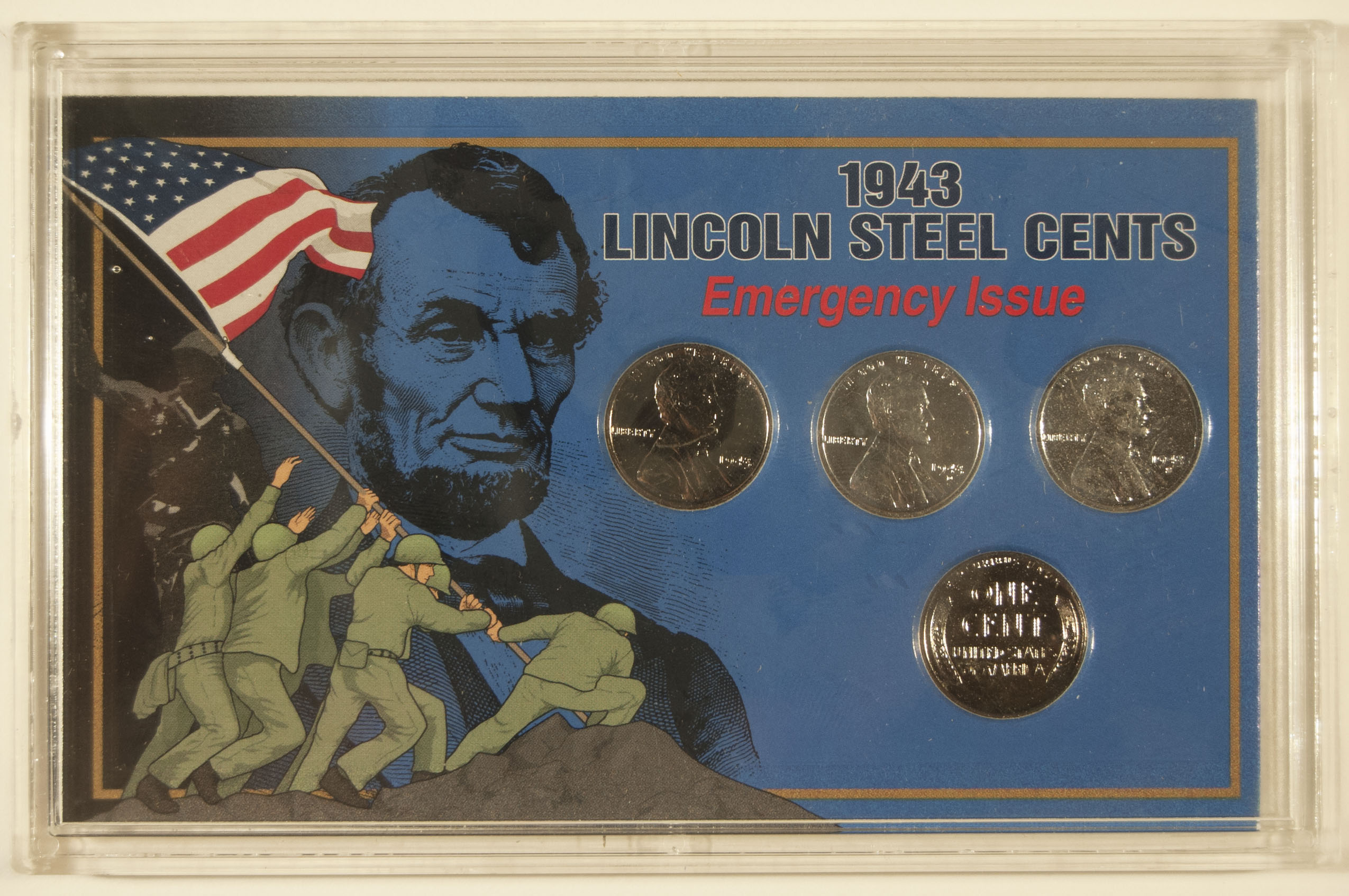
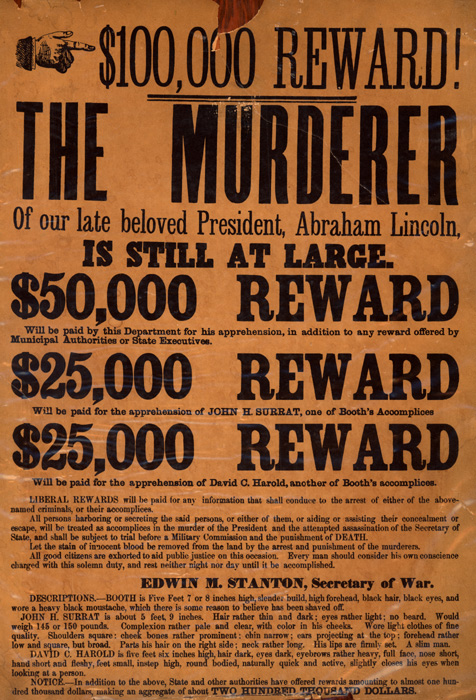
![Mourning Badge, [1865]. Mourning Badge, [1865].](https://exhibitions.lib.udel.edu/art-and-artifacts-lincoln/wp-content/uploads/sites/61/2019/12/Mourning-Badge-1865.-e1578064724105.jpg)


